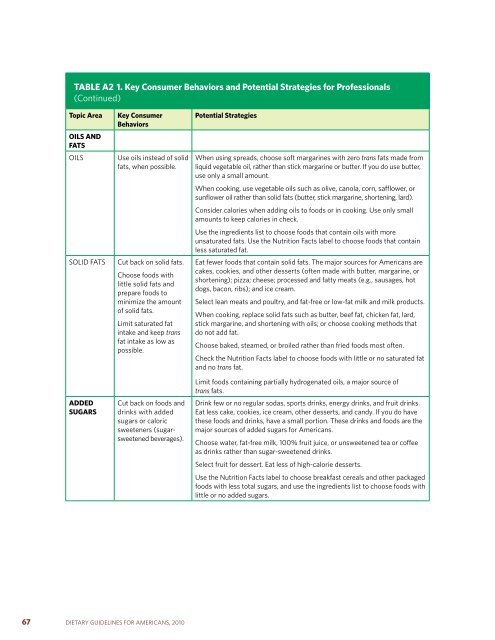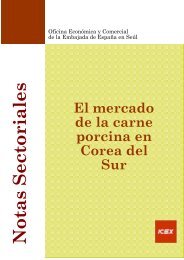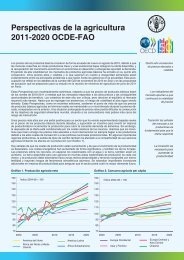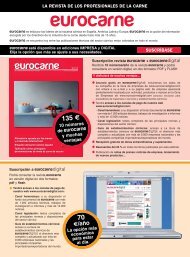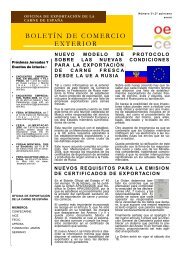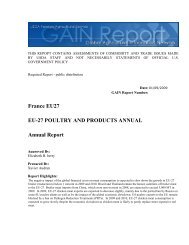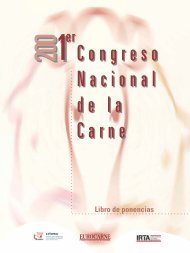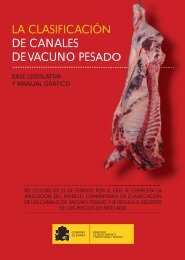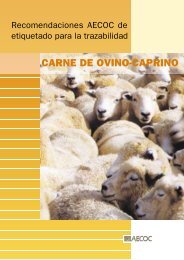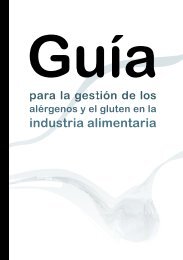Dietary Guidelines for Americans - SchoolNutritionAndFitness.com
Dietary Guidelines for Americans - SchoolNutritionAndFitness.com
Dietary Guidelines for Americans - SchoolNutritionAndFitness.com
- No tags were found...
You also want an ePaper? Increase the reach of your titles
YUMPU automatically turns print PDFs into web optimized ePapers that Google loves.
taBle a2 - 1. key consumer Behaviors and Potential strategies <strong>for</strong> Professionals(Continued)topic areaoils andfatsOILSSOLID FATSaddedsugarskey consumerBehaviorsUse oils instead of solidfats, when possible.Cut back on solid fats.Choose foods withlittle solid fats andprepare foods tominimize the amountof solid fats.Limit saturated fatintake and keep transfat intake as low aspossible.Cut back on foods anddrinks with addedsugars or caloricsweeteners (sugarsweetenedbeverages).Potential strategiesWhen using spreads, choose soft margarines with zero trans fats made fromliquid vegetable oil, rather than stick margarine or butter. If you do use butter,use only a small amount.When cooking, use vegetable oils such as olive, canola, corn, safflower, orsunflower oil rather than solid fats (butter, stick margarine, shortening, lard).Consider calories when adding oils to foods or in cooking. Use only smallamounts to keep calories in check.Use the ingredients list to choose foods that contain oils with moreunsaturated fats. Use the Nutrition Facts label to choose foods that containless saturated fat.Eat fewer foods that contain solid fats. The major sources <strong>for</strong> <strong>Americans</strong> arecakes, cookies, and other desserts (often made with butter, margarine, orshortening); pizza; cheese; processed and fatty meats (e.g., sausages, hotdogs, bacon, ribs); and ice cream.Select lean meats and poultry, and fat-free or low-fat milk and milk products.When cooking, replace solid fats such as butter, beef fat, chicken fat, lard,stick margarine, and shortening with oils; or choose cooking methods thatdo not add fat.Choose baked, steamed, or broiled rather than fried foods most often.Check the Nutrition Facts label to choose foods with little or no saturated fatand no trans fat.Limit foods containing partially hydrogenated oils, a major source oftrans fats.Drink few or no regular sodas, sports drinks, energy drinks, and fruit drinks.Eat less cake, cookies, ice cream, other desserts, and candy. If you do havethese foods and drinks, have a small portion. These drinks and foods are themajor sources of added sugars <strong>for</strong> <strong>Americans</strong>.Choose water, fat-free milk, 100% fruit juice, or unsweetened tea or coffeeas drinks rather than sugar-sweetened drinks.Select fruit <strong>for</strong> dessert. Eat less of high-calorie desserts.Use the Nutrition Facts label to choose breakfast cereals and other packagedfoods with less total sugars, and use the ingredients list to choose foods withlittle or no added sugars.67DIETARY GUIDELINES FOR AMERICANS, 2010


